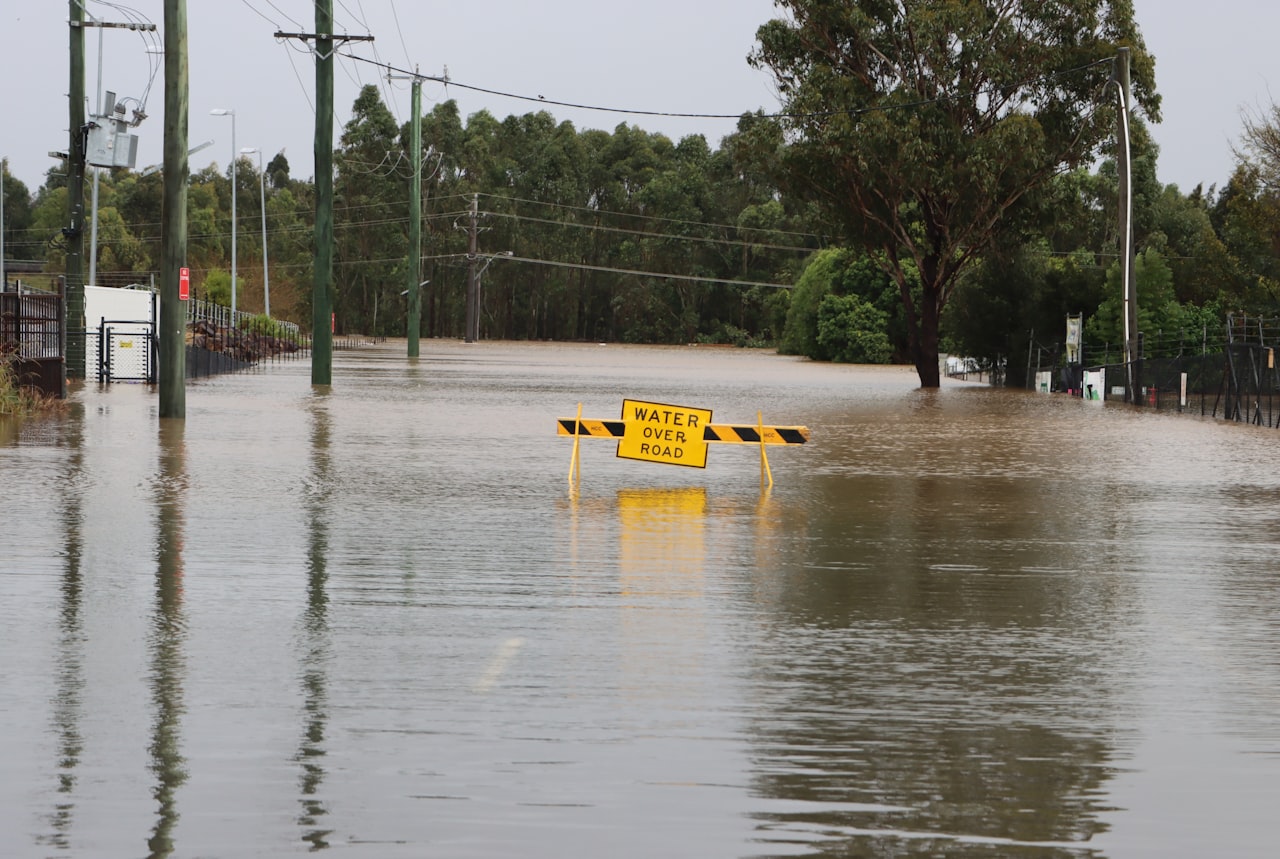When natural disasters hit, the effects are typically much more significant than you might first suspect. Sure, there is the immediate impact and potentially some damage resulting directly from that, but in most cases, there is also a significant amount of clean up and recovery that’s required afterward. This is especially true in instances of flooding where it can take weeks if not months or longer to get everything dried out and cleaned up.
So what should you do if your home is hit by flood waters? There are a lot of potential answers to this question, depending in large part on how severe the flooding was where you live. After all, getting some water in your house or basement is a much different situation than heavy flooding that damaged your foundation or broke windows and damaged walls. Assuming your home didn’t receive significant structural damage from the flood, here are a few suggestions to get you started with the cleanup process.
Dry It Out
Your first priority in dealing with flood cleanup is getting everything as dry as possible. Use pumps, buckets, wet/dry shop vacs, or other tools to remove as much water as you can, then wipe up or mop areas that still have a little bit of surface moisture on them. Set up fans to keep air moving to aid with the drying process, and open windows if possible to give water-laden air a place to go. For rooms that don’t have good ventilation, set up dehumidifiers to help remove moisture from the air. Getting as much water as possible out of your home quickly will help you avoid mold and mildew growth that is quite common after flooding.
If you’ve got mud, sludge, and other debris in your home, use a shovel or similar tool to scoop it up and remove it from the house. Try to get as much of it as possible while it’s still wet, because it will be much harder to remove once it starts to dry. Getting this sort of debris out of your house as soon as possible is also important to keep unwanted smells out of your home; mud and other debris can contain fungi, mold spores, and other materials that will break down and decay, so you want to get it out quickly if you can.
Keep Yourself Safe
There are worse things that can come from flood waters than just bad smells, so it’s important to keep yourself and your family safe during clean up and afterward. Flood waters can contain decaying materials, raw sewage, and materials that can cause a variety of illnesses, so it’s important that you try to protect yourself with gloves, masks, and eye protection while cleaning up after a flood. You should also shower and change your clothes as soon as possible after finishing clean up each day to avoid accidental contamination after the fact. Sanitize every surface you can, and anything that can’t be sanitized should be gotten rid of if it came in contact with dirty flood waters.
You should also keep in mind the fact that you don’t necessarily know what all is hiding in the debris you see in or around your home. Even if they’re not immediately obvious, objects with sharp points, jagged edges, and other potential hazards might be mixed in with everything that was deposited by the flood. Try to avoid picking up things directly unless you can confirm that it’s safe to do so, as even a small cut or other injury can introduce infection.
Call for Help
Don’t be afraid to call for help with your clean up and recovery. There are a number of recovery services available that can aid in cleaning up after a flood, and HomeKeepr can help you connect with services in your area. Best of all, if the flood is declared a disaster, then many of these services may be eligible for reimbursement from FEMA or other agencies.
Source: HomeKeepr




